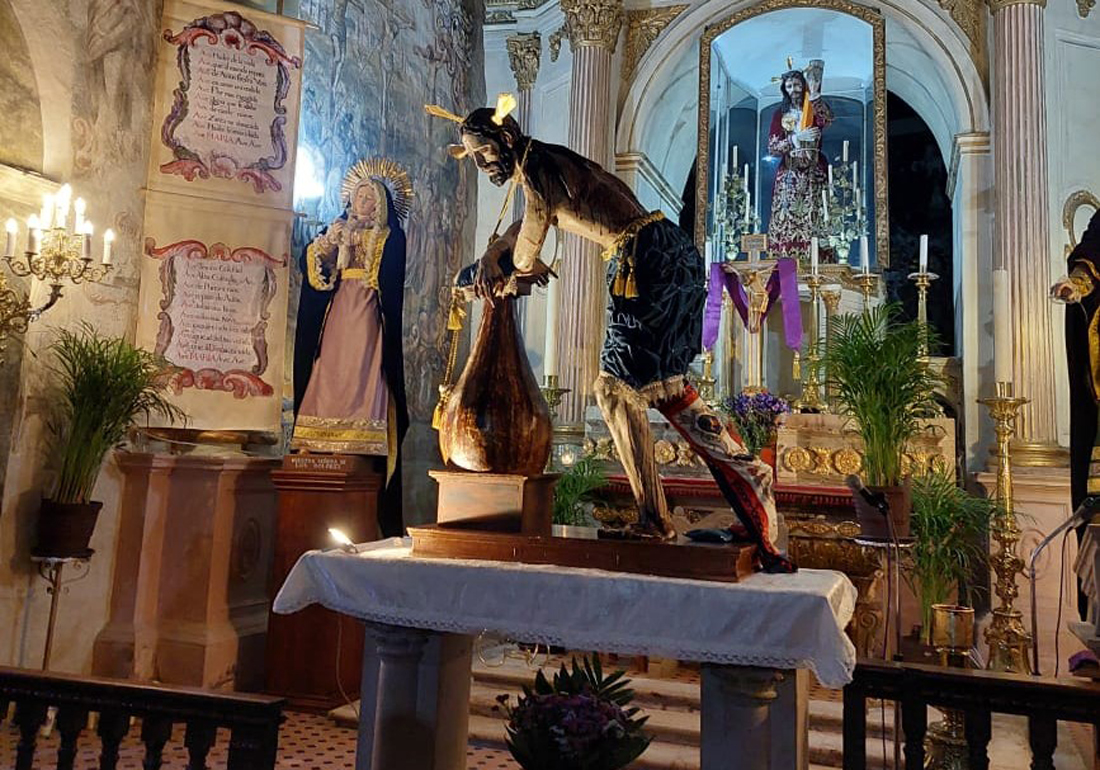 Español
Español
March 24, 2024
by Luisa Ruiz
The traditional Procession of the Lord of the Column took place Saturday, March 16 marking 201 years of its uninterrupted performance. Neither the Mexican Revolution, nor the Cristera War, nor the epidemic outbreaks of the Spanish influenza, nor the bubonic plague, nor the COVID could stop this procession that summons thousands of faithful.
I've always been interested in the origin of things, and this was no exception. I began to research about the Lord of the Column and found two different origins of the procession that moves from Atotonilco to the Templo de San Juan de Dios in San Miguel de Allende.
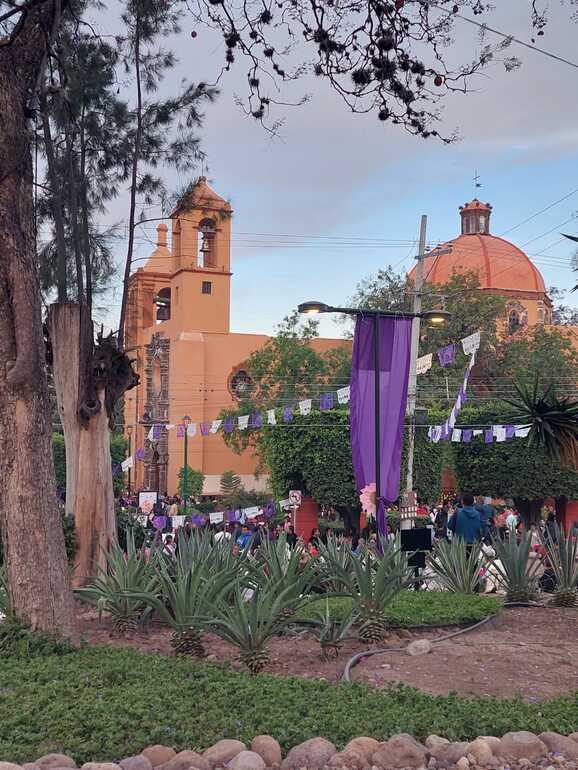
Andrés Téllez in El Sol de Bajío, comments that in 1823 was the first time that the Lord of the Column was brought to San Miguel to cure the city's inhabitants of a plague that they were suffering. As the Lord of the Column arrived in San Miguel, people began to heal miraculously.
In the second version I found, Diego Rodarte tells the story of Don Cayetano who was an influential merchant of the region and who became a benefactor of the Lord of the Column. One day he became ill with high fever and unbearable pain throughout his body. He asked the chaplain of the Sanctuary of Atotonilco to bring the image to him, since he had a particular devotion. When it arrived, Don Cayetano began to improve from the illness.
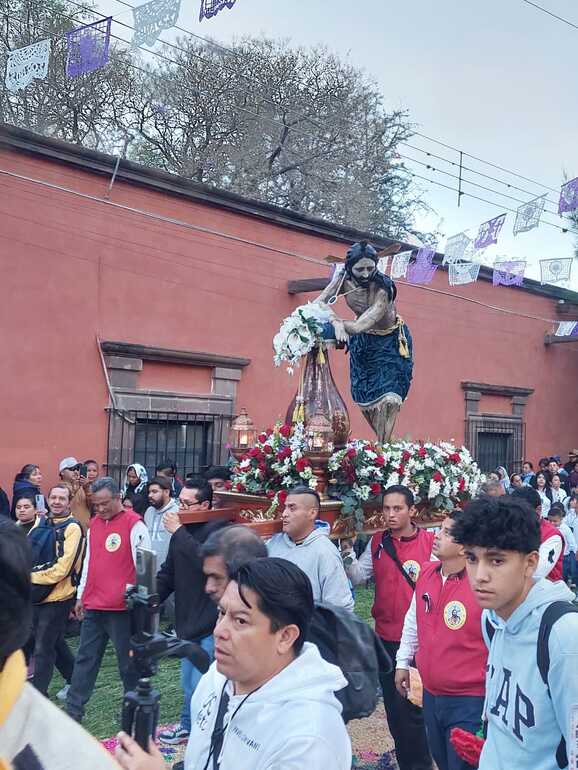
Whatever the origin, it is a fact that this tradition is very old. If we speak of 201 years, we can imagine that no fewer than eight generations have participated in this procession.
Although I was educated within the Catholic religion, I do not consider myself a practitioner. Still, these types of festivities appeal to me. So, on Saturday I decided to participate in the procession for a second time. The first occasion was two years ago, when I was accompanied by Nicole and Kirby, two friends from the United States.
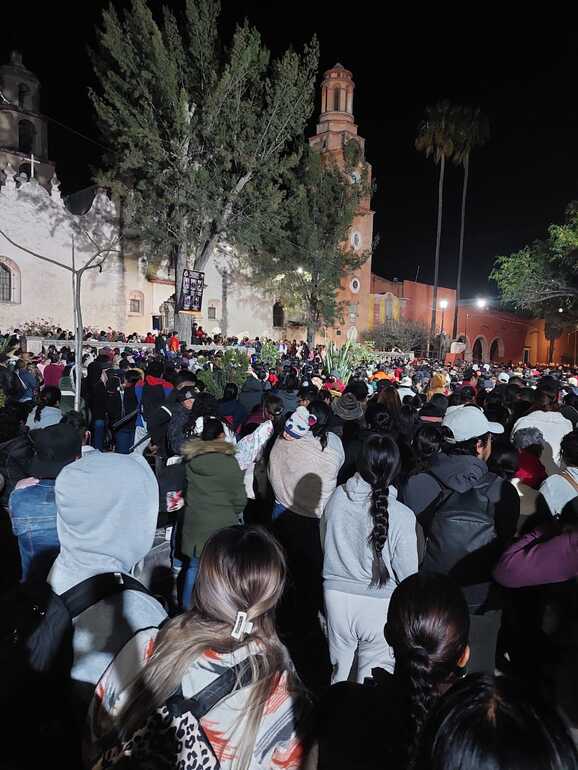
Last Saturday I went with my friend Miriam. I investigated how we could get there, hearing that there was a special bus route in service going to Atotonilco that evening. I discovered that these buses leave the Seguro in Calzada de la Aurora, then they take Calzada de la Luz, Avenida Guadalupe, Calzada de la Estación and then the Libramiento. This special transport started at 7pm and ran constantly until 11:30pm.
At 8pm, Miriam and I caught the bus on Calzada de la Aurora, almost at the beginning of its journey. This was very good because we could sit all the way. In a couple more stops, all seats were full and then many had to stand.
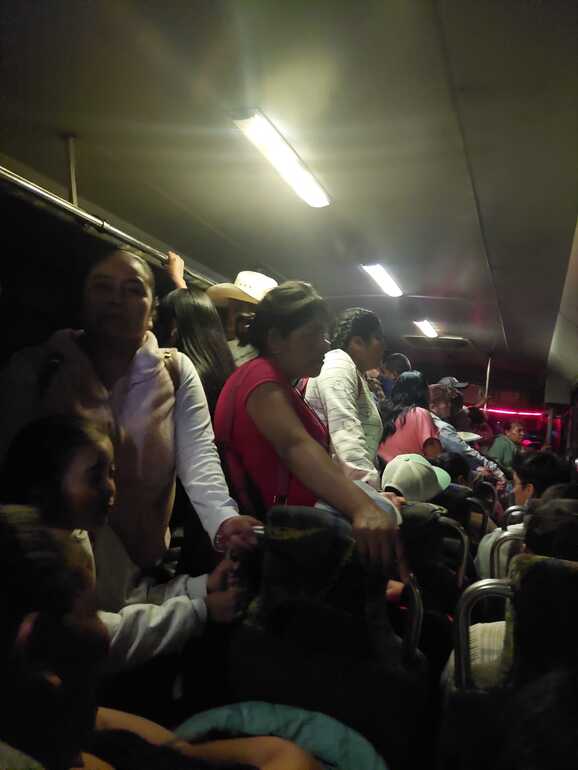
The bus left us a bit away from the town, near Mama Mia, so we had to walk a little. Entering the village, we encountered great activity, with stalls selling everything: meals, coffee, hats, souvenirs, images of the Lord of the Column, T-shirts, snacks...
We walked to the Sanctuary and there was a line of people waiting to enter the church and see the Lord of the Column. There were volunteers asking us not to use flash for the photos and to make the visit quick, as there were many people waiting to enter. We just took some pictures of the image and went out.
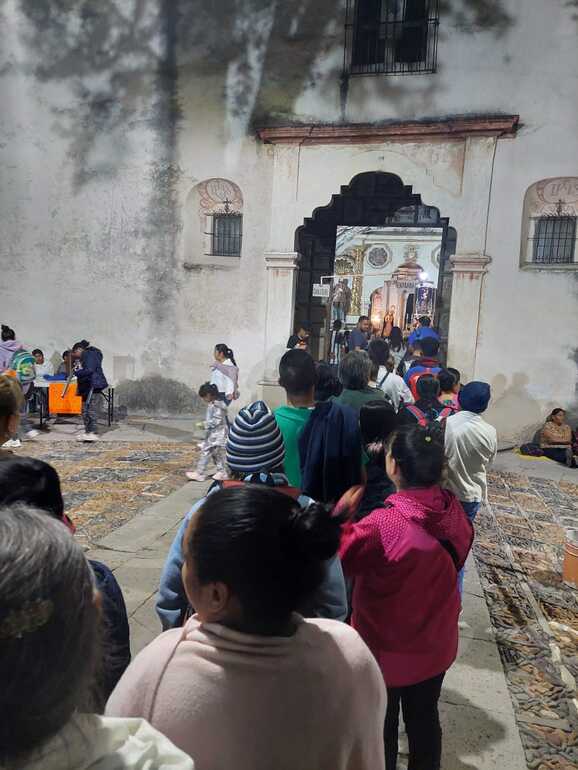
Already a little hungry, we walked to the stalls and ordered gorditas and strawberry waters. Then we found a place where to sit and wait for 11:30pm, the hour when the procession began. While we were waiting, I took out my notebook and wrote some things, while Miriam read a book.
At 11:30pm the priests gathered in the atrium to give the blessing to all the faithful and to start the procession. The image of the Lord of the Column is accompanied by two other images: Our Lady of Sorrows and Saint John the Apostle. The three images are covered with canvases and scarves to protect them from the weather.

I don't know how many people walked in the procession, but I read that last year's estimate was 12,000. The route is along the Road to Dolores. There was a great deal of coordination required, as the pilgrims occupy one of the road's two lanes. Both directions of automobile traffic share the other lane, with police allowing the traffic to proceed alternatingly, first in one direction and then in the other.
While we walked, some people prayed, others sang, others went in silence, others chatted. As for ages, one sees babies in arms, small children in strollers and children a little older already walking. I saw old people walking with a cane. During the whole procession we were accompanied by an ambulance in case of an emergency.

We started walking at midnight and were entering San Miguel de Allende around 5am, so the 12-km (7-mile) journey was slow. Halfway there was a stop to rest for 20 minutes. At different points on the road, there were people who gave coffee and bread to the pilgrims.
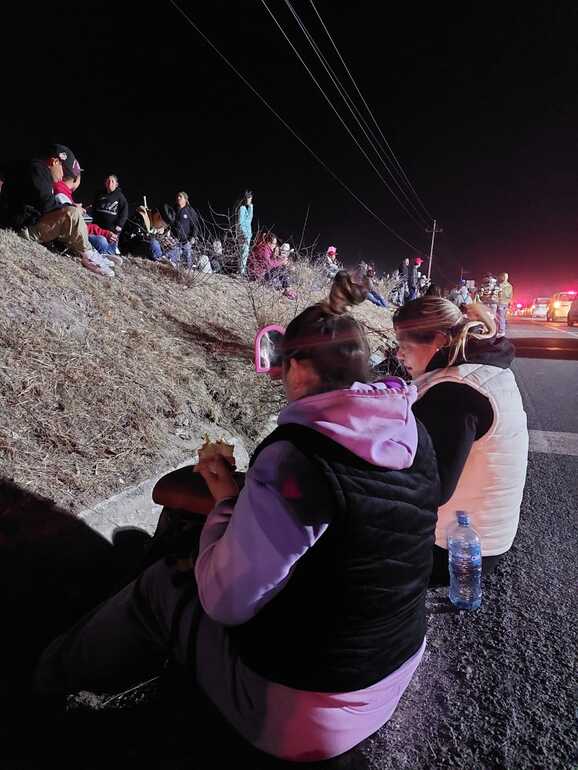
On the Saturday before the procession as early as 4pm people, living on Avenida Independencia and San Antonio Abad begin to adorn those streets with flowers, with carpets made of colored sawdust, with flags hanging from the light poles...
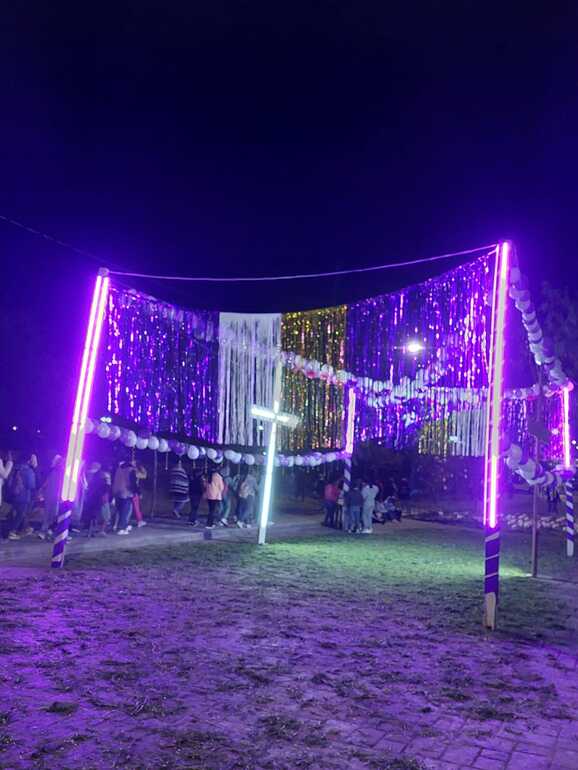
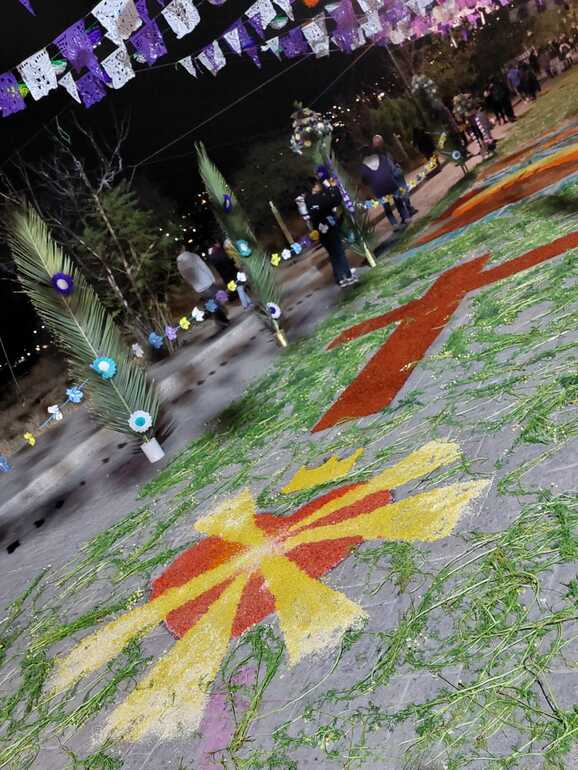
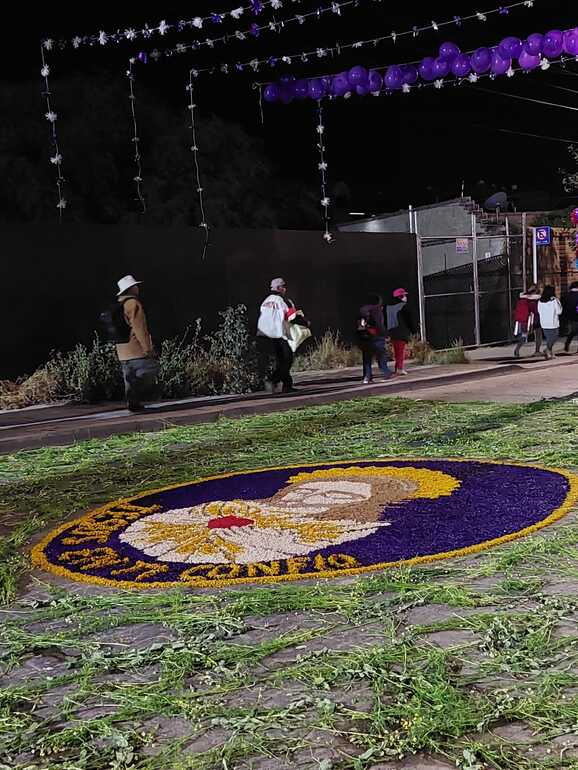

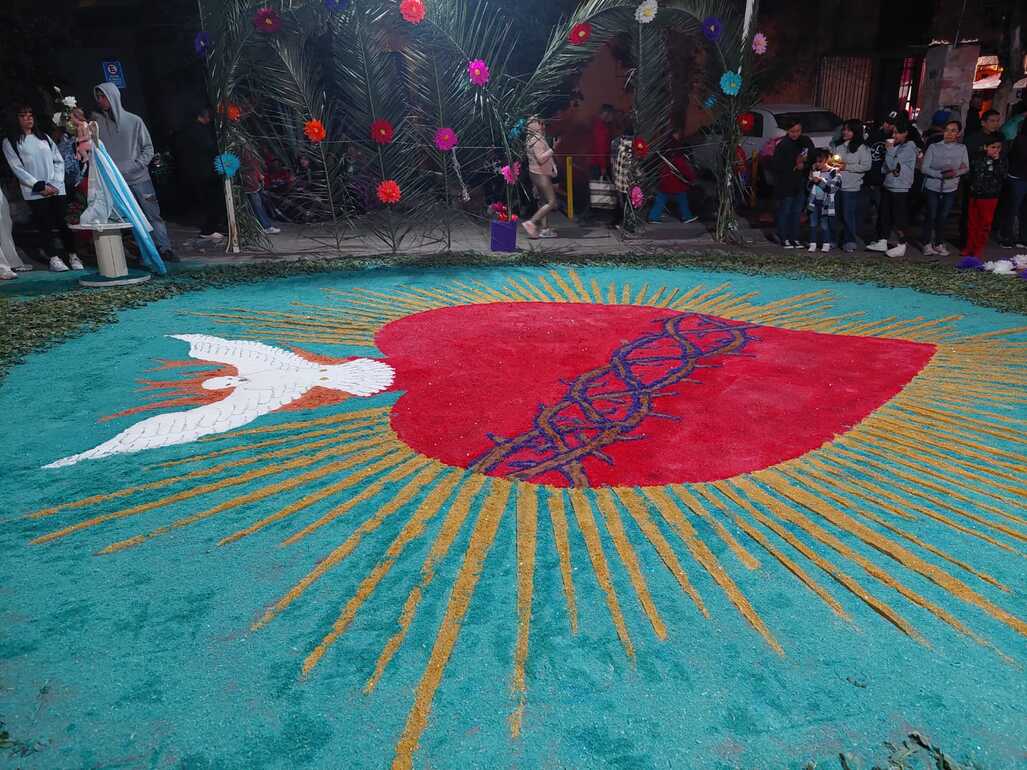

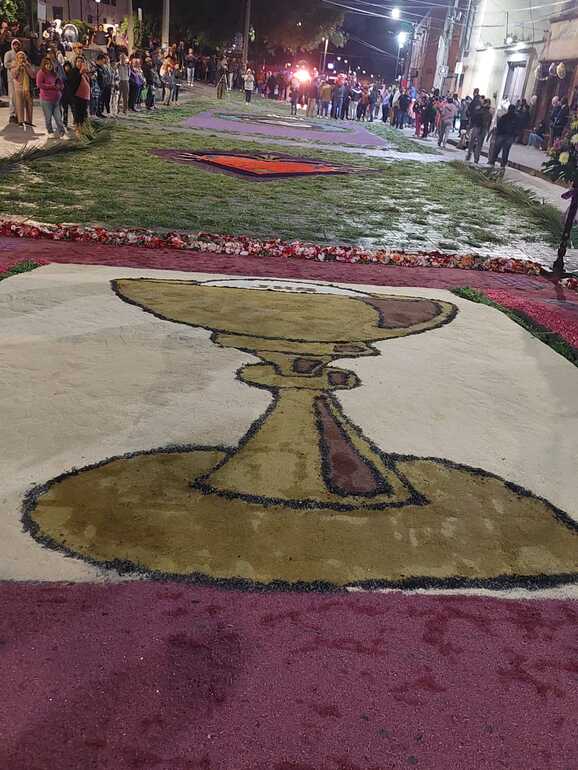

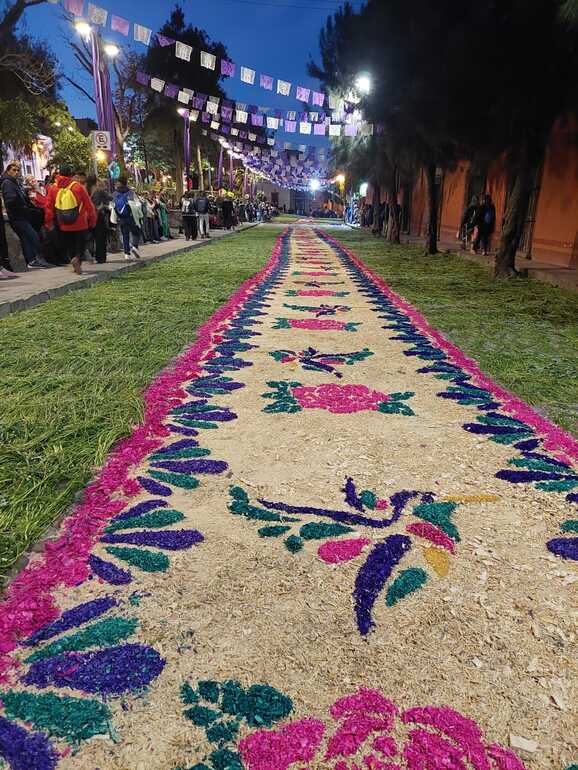
At a point along Avenida Independencia, they mount a platform and uncover the three images. This is a very solemn moment accompanied by a band and a choir. After this, the procession continued to the Temple of San Juan de Dios, where a mass was celebrated at 7am.

The Lord of the Column will be visiting the Templo de San Juan de Dios until Easter Wednesday, April 3. At midnight of that day, the images will start their way back to the Sanctuary of Atotonilco.
**************
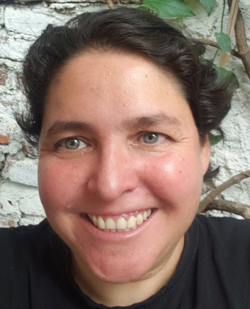
Luisa Ruiz is a chemistry teacher, transpersonal psychotherapist, grief counselor and workshop facilitator, death doula. The Founder of Death Café in Mexico, she has worked for the NGO Uno en Voluntad giving grief workshops. She also worked for Elisabeth Kübler-Ross Foundation as a course and workshop facilitator and as a death doula. She loves reading, writing, hiking and travelling.
**************
*****
Please contribute to Lokkal,
SMA's online collective:
 ***
***
Discover Lokkal:
Watch the two-minute video below.
Then, just below that, scroll down SMA's Community Wall.
Mission

Visit SMA's Social Network
Contact / Contactar

